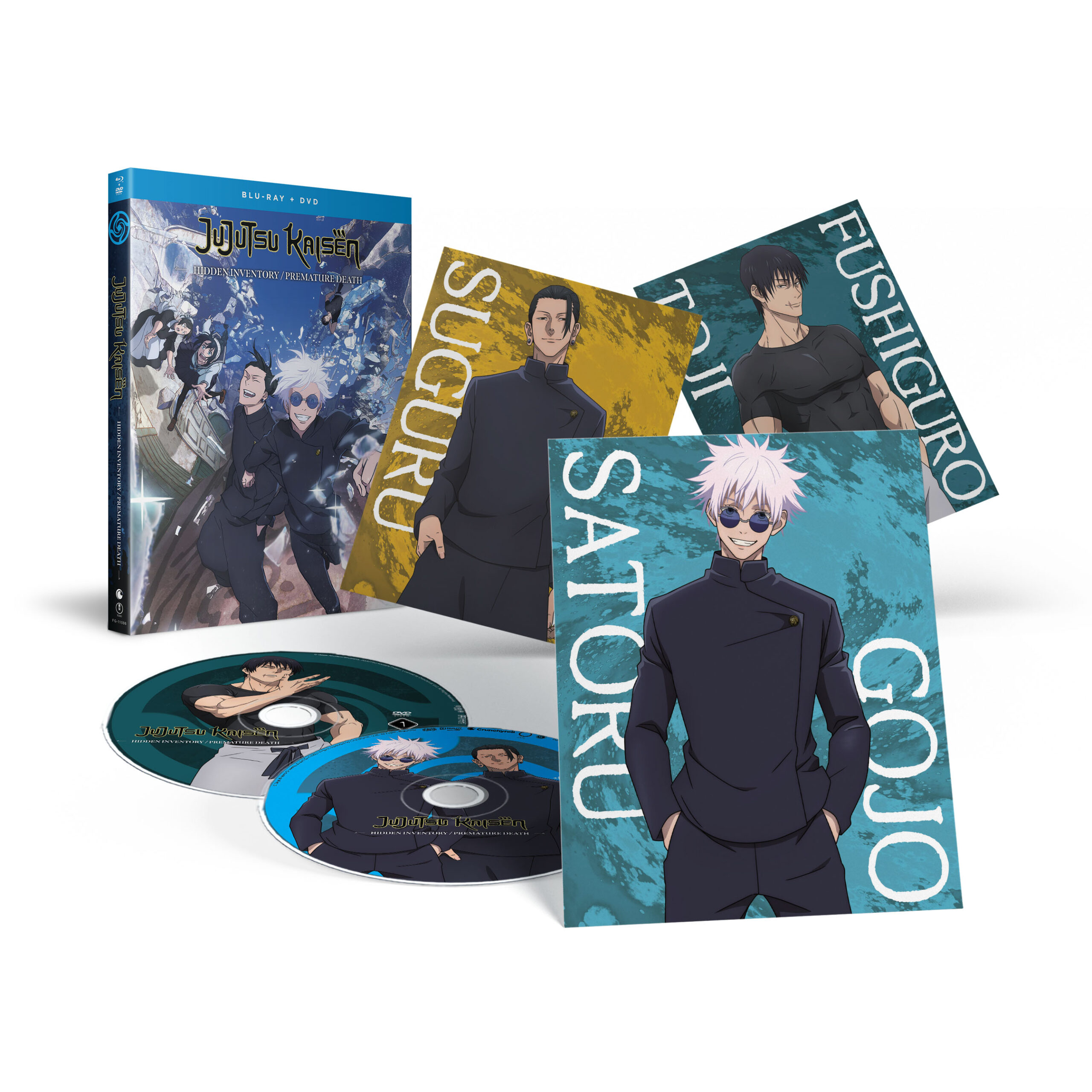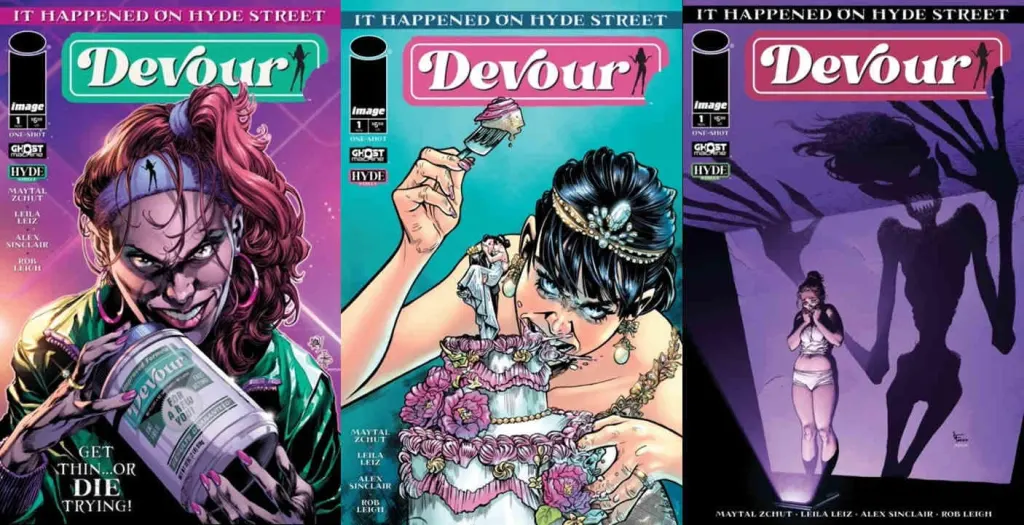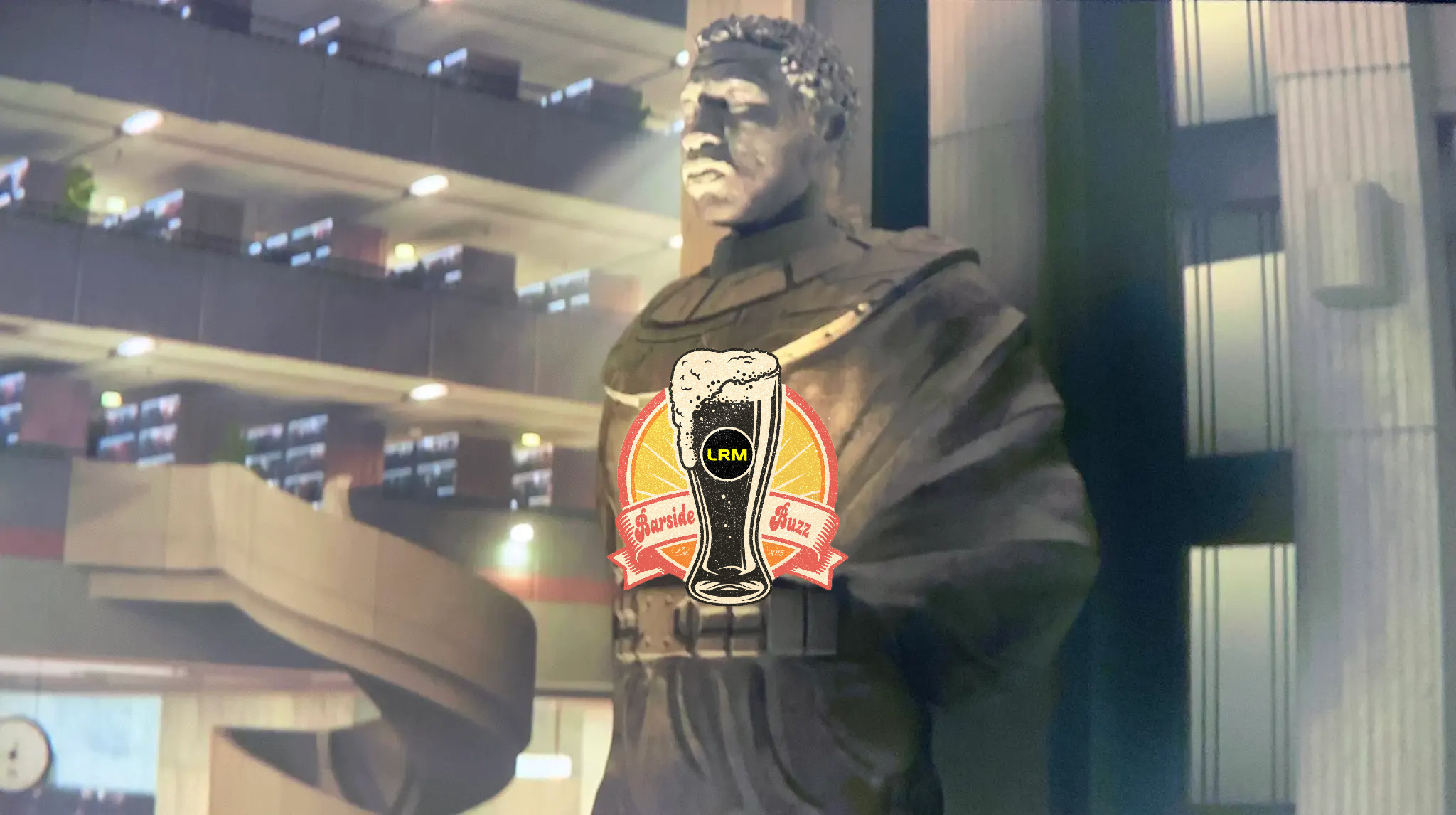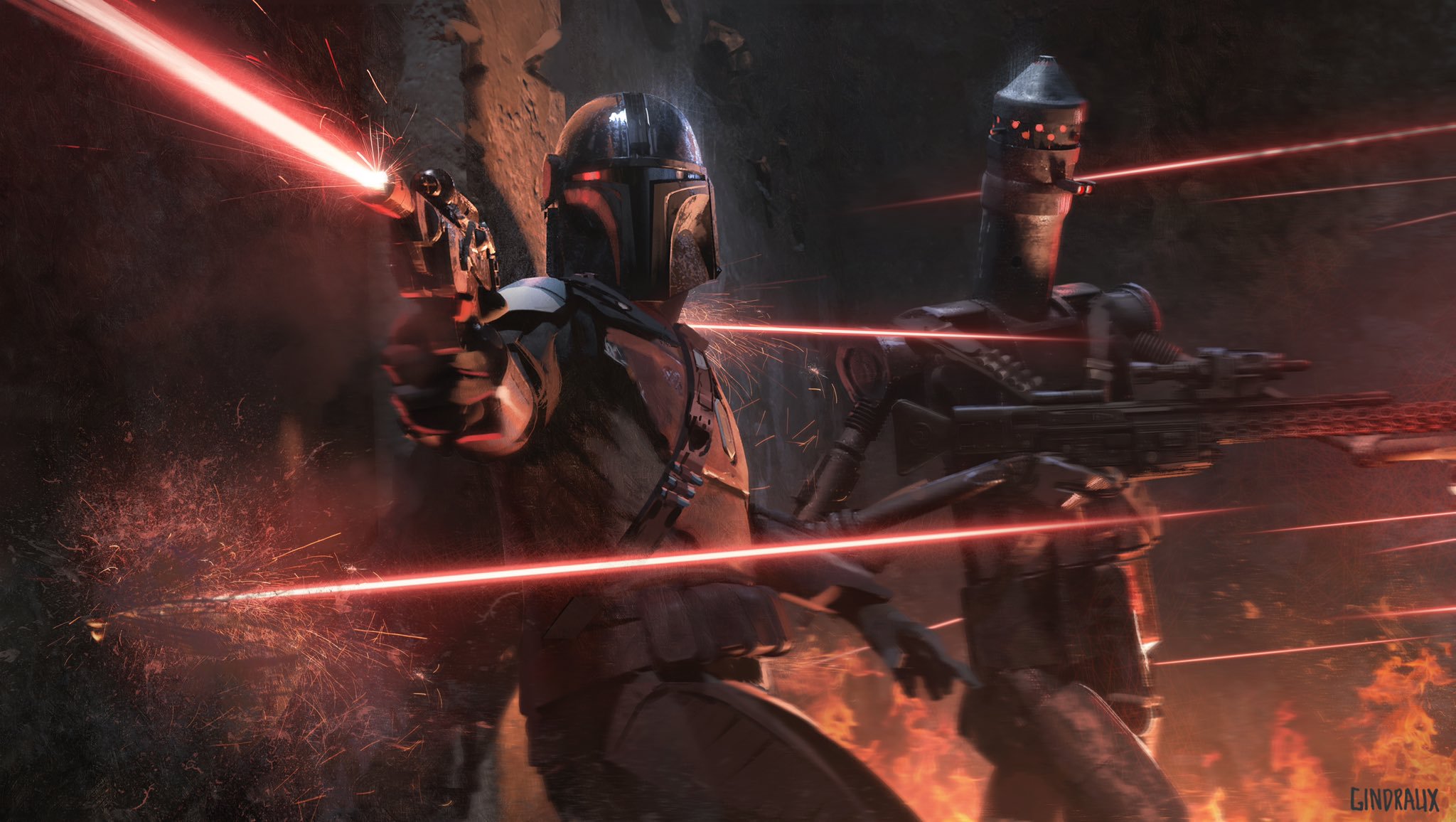
Yeah, I know. I felt gross typing out that title, but I swear it’s true (insert obligatory “from a certain point of view” joke). Just to get this out of the way, when I say The Mandalorian is the most Star Wars movie since Revenge of the Sith, I don’t mean it in style and tone. To be frank, Revenge of the Sith is about as far away from the style and tone of a Star Wars movie as a movie can be. Similarly, The Mandalorian is its own beast that feels more akin to a Spaghetti Western, even going so far as to eschew the typical bombastic Star Wars score in favor of something much pulpier.
I’m also someone who thinks that The Mandalorian is only okay. I enjoyed watching it, but I don’t think it’s the second coming like many people seem to. I loved The Force Awakens and I adore The Last Jedi than should be legally allowed in the U.S. So, what do I mean by “the most Star Wars project”?
RELATED – These Mandalorian Set Photos Will BLOW YOUR MIND (No, I’m Not Kidding)
Well, let’s take a step back at the Star Wars original trilogy.
The Unparalleled Spectacle Of The Original Trilogy
Like many of you, Star Wars was probably my first real foray into spectacle filmmaking. I grew up watching that Leonard Maltin and George Lucas interview on the original VHSs, and I pretty much ate up those mini-docs at the front end of the Special Edition VHSs. What was always driven home to me was the way the franchise broke technical boundaries.
“In 1977, producer-director George Lucas created the Star Wars trilogy and changed the way we looked at movies,” the narrator in those Special Edition docs touted. That always had a huge impact on me. It fueled my desire to figure out the “how” behind it all.
It’s a tale as old as time. George Lucas has this big, bold vision for the Star Wars movies, but the technology wasn’t there yet. As such, he had to invest time and money in Industrial Light and Magic (ILM) and the behind-the-scenes tech.
Decades later, George Lucas would do the same with Prequel Trilogy. He had a unique, bold vision for these movies, and had to pioneer technology in order to make it happened. Along the way, he helped develop CGI, and perhaps most importantly, digital video technology, which has now become the standard.
The Disney Era Of Films
Again, I want to emphasize that I at least like all of the movies Disney has put out (much to the chagrin of many of you here, I’m sure). At least two of them I love. At least two of them are entertaining. And, in all honesty, they ALL capture the essence of what makes a Star Wars movie better than George Lucas did in his Prequel Trilogy in style, tone, and setting.
But I can’t say any of them feel revolutionary in the VFX department. Yes, they all boast impressive visuals, but it seems like a pretty standard mix of practical and green screen effects. Of course, that’s a gross oversimplification of the hard work and man-hours that went into the movies, but never did I think to myself “Wow, I wonder how they did that.” That’s honestly a feeling I haven’t had since watching the Prequel Trilogy.
The Star Wars TV Challenge
And this brings us to The Mandalorian. This would require the filmmakers to somehow bring the scope and scale of a Star Wars movie to the small screen. As such, they needed to find a way to keep that damn budget down. In fact, it was a problem George Lucas attempted (and ultimately failed at) around a decade earlier when working on the now-canceled Star Wars Underworld, which you can check out the test footage for above.
“Jon [Mandalorian creator Jon Favreau] was adamant that due to the scope and scale of what would be expected from a live action Star Wars TV show, we needed a game-changing approach to the existing TV production mold,” ILM VFX supervisor Richard Bluff told ICG Magazine. “It was the same conclusion George [Lucas] had arrived at more than 10 years ago during his TV explorations, however, at that time the technology wasn’t around to spur any visionary approaches.”
“Jon already had extensive experience in immersive film and multimedia workflows directing The Jungle Book and The Lion King,” Bluff continued. “And he knew that any breakthrough was likely to involve real-time game technology. He challenged me and other key creatives to fully explore how we could crack the obvious production challenges of a sprawling live action Star Wars TV show.”
The Solution
Time, in addition to Favreau’s ingenuity, had brought a solution to the forefront. As revealed by ICG Magazine, Rogue One DP Greg Fraser prposed shooting cockpit scenes using an LED screen on the exterior. This would allow them to see in-the-moment how things would ultimately look, and would also help capture in-camera light and reflection elements.
And then you have Favreau, a modern day George Lucas in my eyes, whose experience working in a virtual world in movies like The Lion King, kind of merged together.
What followed was a collaboration between ILM and Epic Games to utilize Unreal Engine to create real-time CG backgrounds that give the illusion of being outdoors on-set. This has been coined as Stagecraft. It’s not green screen or on-location. It’s somewhere in between. It has the control and flexibility of green screen, but interactivity a bit closer to on-location.
The Mandalorian: A Modern Star Wars Tale
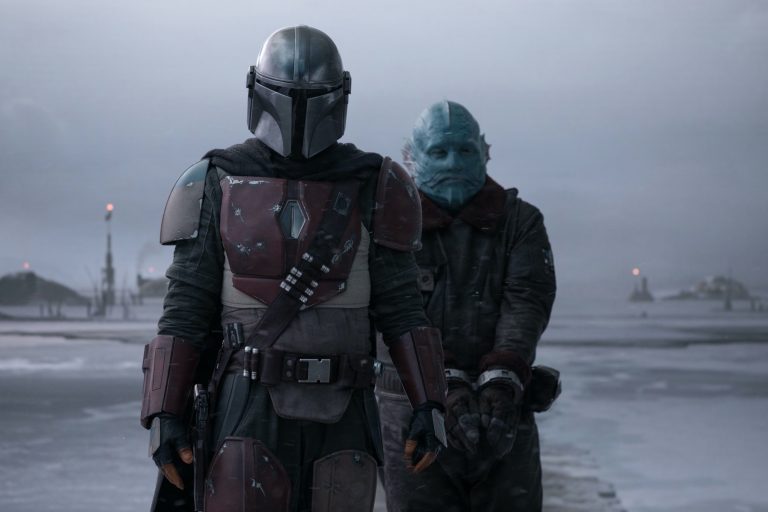
When I say The Mandalorian is the closest thing we’ve had to a Star Wars film, it has everything to do with the spirit behind it. Star Wars was made in the spirit of butting up against technical issues and creating tools to solve them. The Stagecraft tech is revolutionary. No doubt about it. With time, I think it’ll be viewed as game-changing on the same level as the Prequel Trilogy tech.
Of course, this is a massive oversimplification, and if you really want to get in the weeds about the technology behind The Mandalorian, I highly recommend you read the entire ICG Magazine, which you can do HERE.
What do you think? Are you impressed yet? Let us know your thoughts down below!
Don’t forget to share this post on your Facebook wall and with your Twitter followers! Just hit the buttons on the top of this page.
—–
Have you checked out LRM Online’s official podcast feed yet The LRM Online Podcast Network, which includes our flagship podcast Los Fanboys, our premiere podcast Breaking Geek Radio: The Podcast, and our morning show LRMornings? Check it out by listening below. It’s also available on all your favorite podcast apps!
Subscribe on: Apple Podcasts | Spotify | SoundCloud | Stitcher | Google Play
SOURCE: ICG Magazine

 FOR FANBOYS, BY FANBOYS
Have you checked out LRM Online’s official podcasts and videos on The Genreverse Podcast Network? Available on YouTube and all your favorite podcast apps, This multimedia empire includes The Daily CoG, Breaking Geek Radio: The Podcast, GeekScholars Movie News, Anime-Versal Review Podcast, and our Star Wars dedicated podcast The Cantina. Check it out by listening on all your favorite podcast apps, or watching on YouTube!
Subscribe on: Apple Podcasts | Spotify | SoundCloud | Stitcher | Google Play
FOR FANBOYS, BY FANBOYS
Have you checked out LRM Online’s official podcasts and videos on The Genreverse Podcast Network? Available on YouTube and all your favorite podcast apps, This multimedia empire includes The Daily CoG, Breaking Geek Radio: The Podcast, GeekScholars Movie News, Anime-Versal Review Podcast, and our Star Wars dedicated podcast The Cantina. Check it out by listening on all your favorite podcast apps, or watching on YouTube!
Subscribe on: Apple Podcasts | Spotify | SoundCloud | Stitcher | Google Play

